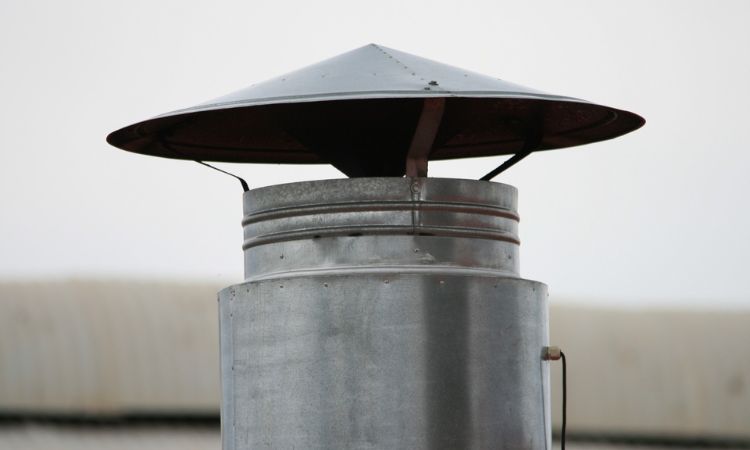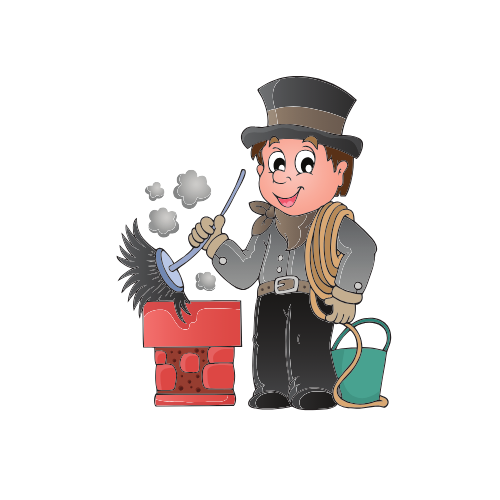Chimney Inspection El Paso, TX
Call for a Quote
(915) 266-0067
All Services
Chimney Inspection: A Key to Preventing Costly Repairs
When you think about chimney maintenance, what comes to mind? You might immediately think of cleaning out soot, scrubbing away creosote, or even replacing worn-out fireplace components. However, one of the most important and often overlooked steps in chimney care is a thorough chimney inspection. Regular chimney inspections are essential to maintaining the safety, efficiency, and longevity of your chimney and fireplace system.
But what exactly is involved in a chimney inspection? And why is it so important? In this post, we’ll dive into why chimney inspections are a vital part of your home’s maintenance routine and how they can save you money by preventing costly repairs down the road.
What’s Involved in a Chimney Inspection?
A chimney inspection is a detailed examination of your chimney system to check for damage, blockages, or other safety hazards. A professional chimney sweep will perform a thorough assessment of both the visible and hidden parts of your chimney to ensure everything is functioning as it should. Chimney inspections are typically broken down into three levels, each providing a different depth of evaluation.
- Level 1 Inspection: This is the most basic form of inspection. A Level 1 inspection involves a visual check of the accessible parts of your chimney, including the fireplace, flue, and chimney structure. The technician will ensure there are no visible cracks, obstructions, or buildup that could affect the flow of smoke or gases. This type of inspection is typically recommended for chimneys that are used regularly and are in good condition.
- Level 2 Inspection: A Level 2 inspection is more in-depth and involves a closer look at the chimney’s interior, including the flue liner. This type of inspection is typically recommended when there’s been a change in the fireplace or chimney system (such as the installation of a new stove or insert), after a chimney fire, or if the chimney has been subjected to extreme weather conditions. Level 2 inspections often involve the use of specialized equipment, such as cameras or video equipment, to inspect the interior of the chimney.
- Level 3 Inspection: A Level 3 inspection is the most comprehensive and involves invasive procedures. This type of inspection is necessary when there’s suspected hidden damage, such as deterioration of the chimney liner or structural issues within the chimney that may not be visible from the outside. A Level 3 inspection often requires portions of the chimney to be opened up or dismantled for closer examination. It’s typically recommended in cases of serious concerns, such as after a chimney fire or if the chimney is showing signs of significant wear.
Signs You Need a Chimney Inspection
You might wonder, “How do I know when I need a chimney inspection?” While it’s recommended to have your chimney inspected annually, there are certain signs that indicate you should schedule an inspection sooner:
- Strange odors: A musty or smoky smell coming from your fireplace or chimney could indicate a blockage, buildup of creosote, or mold growth inside the chimney.
- Soot or smoke entering your home: If smoke is coming into your home instead of venting outside, this could mean there’s a blockage in your chimney, such as leaves, debris, or even animal nests.
- Cracks or gaps in the chimney: Any visible cracks in your chimney or fireplace, including the mortar or the chimney liner, should be addressed immediately. Even small cracks can allow toxic gases to leak into your home or cause water damage.
- Chimney fires: If you’ve experienced a chimney fire, it’s crucial to have an inspection to ensure that no hidden damage has been done to the chimney structure or liner.
- Difficulty lighting fires: If you’ve noticed that your fires are burning poorly, producing excess smoke, or not drawing properly, this could be a sign of an underlying issue with your chimney.
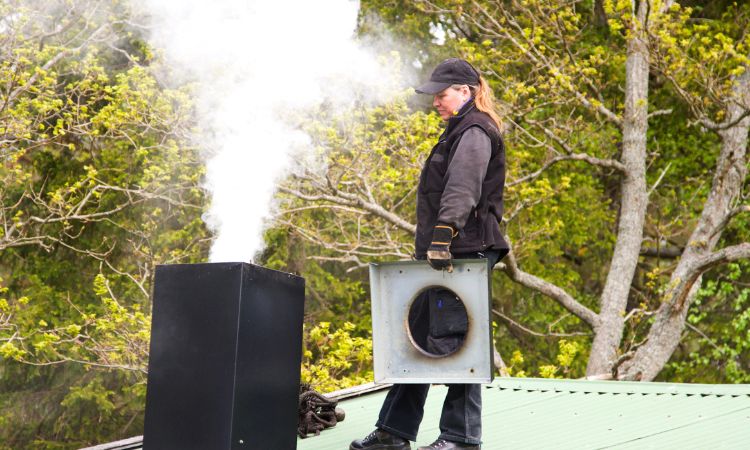
Why Inspections Save Money
You may be wondering, “Why should I spend money on an inspection when my chimney seems to be working just fine?” The reality is that many chimney problems are invisible to the untrained eye and may not become apparent until they’ve caused significant damage. Regular chimney inspections help identify potential issues early, often before they turn into expensive repairs or dangerous hazards. Here’s how inspections save you money:
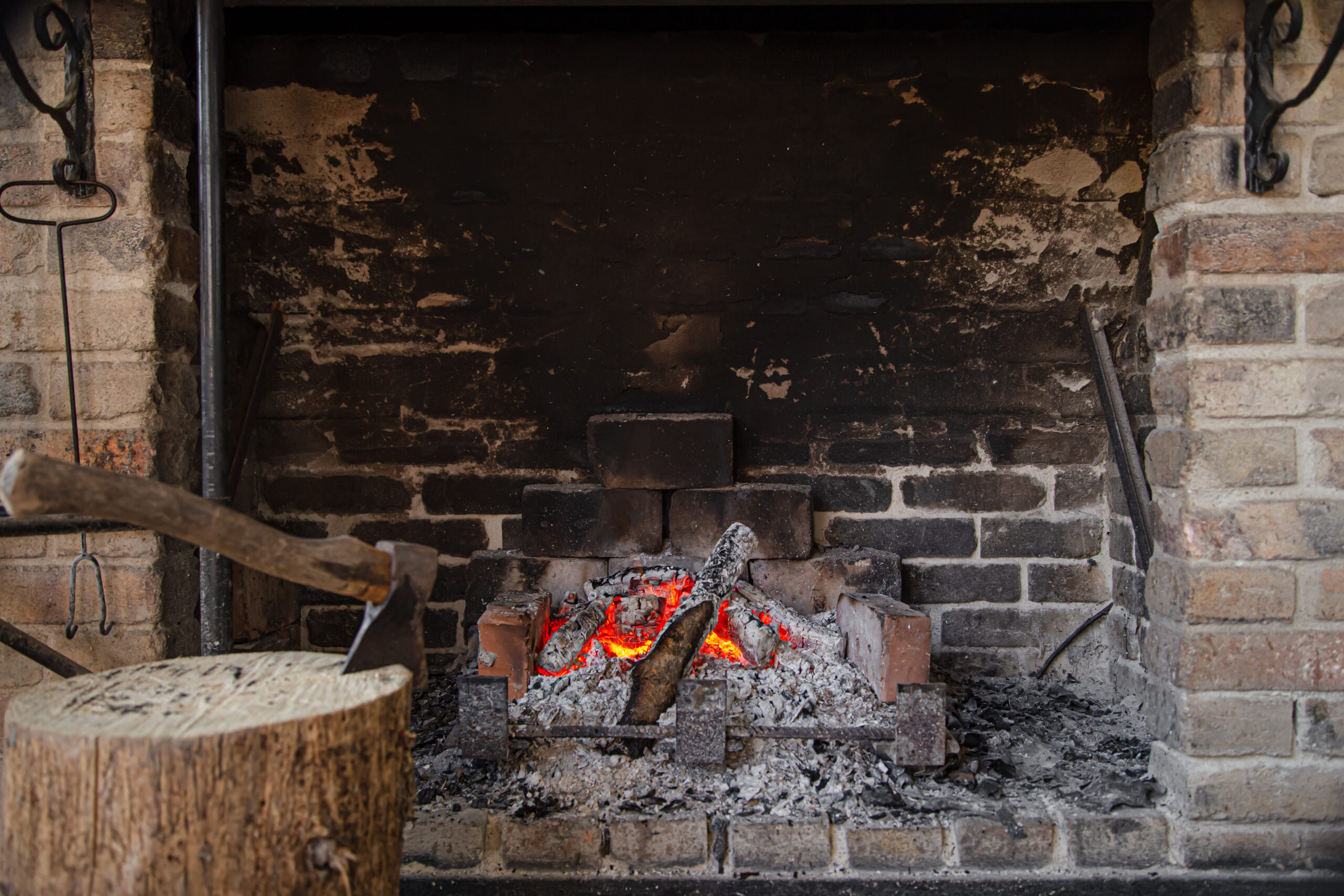
- Early Problem Detection
A chimney inspection can detect problems like cracks in the chimney liner, loose bricks, or creosote buildup before they become serious. If left unchecked, these small issues can escalate into major repairs that could cost hundreds or even thousands of dollars. - Preventing Fires and Carbon Monoxide Poisoning
A dirty or damaged chimney can increase the risk of chimney fires and carbon monoxide buildup. Regular inspections help prevent these dangerous situations by ensuring that your chimney is free of obstructions and in good condition. Preventing fires and carbon monoxide poisoning could save you not only money but also potentially lives.
- Extending the Life of Your Chimney
Chimney repairs can be costly, but routine inspections and maintenance can help extend the life of your chimney system. By addressing small issues early, you can avoid needing to replace major components like the chimney liner or the entire chimney structure. Regular inspections are a smart investment in the long-term health of your home’s heating system. - Ensuring Compliance with Safety CodesChimneys and fireplaces must meet local safety codes and building regulations. A chimney inspection ensures that your system is up to code, reducing the risk of fines and the need for costly retrofitting if your system is found to be non-compliant

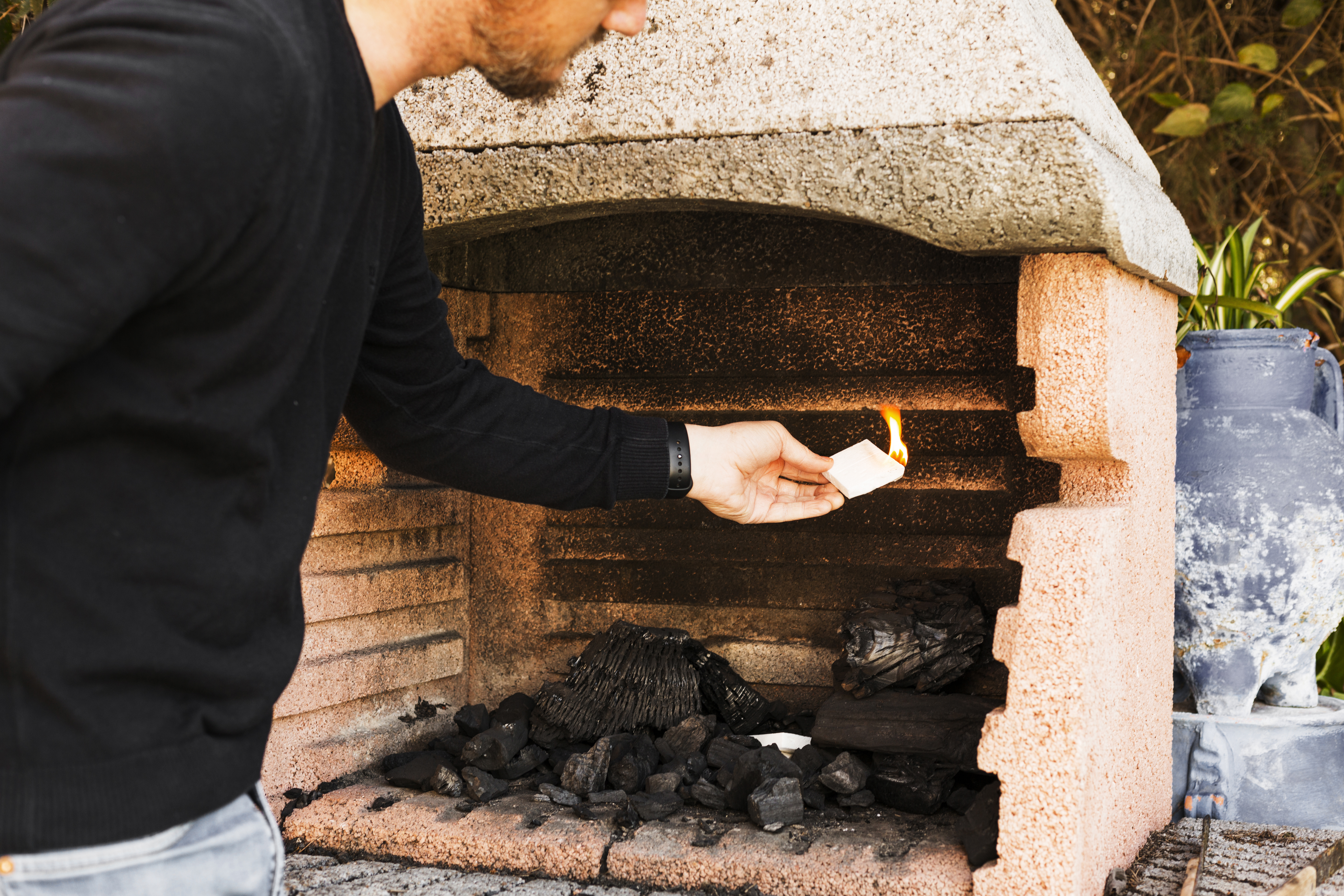
How Often Should You Get a Chimney Inspection?
The Chimney Safety Institute of America (CSIA) recommends scheduling an annual chimney inspection, even if you don’t use your fireplace or stove frequently. An annual inspection helps identify any potential issues and ensures that your chimney is ready to operate safely when you need it. If you’ve experienced any of the signs mentioned earlier, it’s best to schedule an inspection right away.
Additionally, if you’ve recently bought a home or made significant changes to your chimney system (such as installing a new stove or chimney liner), a Level 2 inspection is recommended to ensure everything is in working order.
Conclusion
Chimney inspections are a crucial part of home maintenance that should never be overlooked. Regular inspections help ensure the safety and efficiency of your chimney system, preventing costly repairs and dangerous situations like chimney fires and carbon monoxide poisoning. By scheduling routine chimney inspections, you can rest easy knowing your home’s heating system is in good condition and your family is safe.
If it’s time for your annual inspection or if you’ve noticed any warning signs, don’t wait—contact a professional chimney sweep today to schedule your inspection. Investing in regular chimney maintenance is an investment in the safety and longevity of your home.
